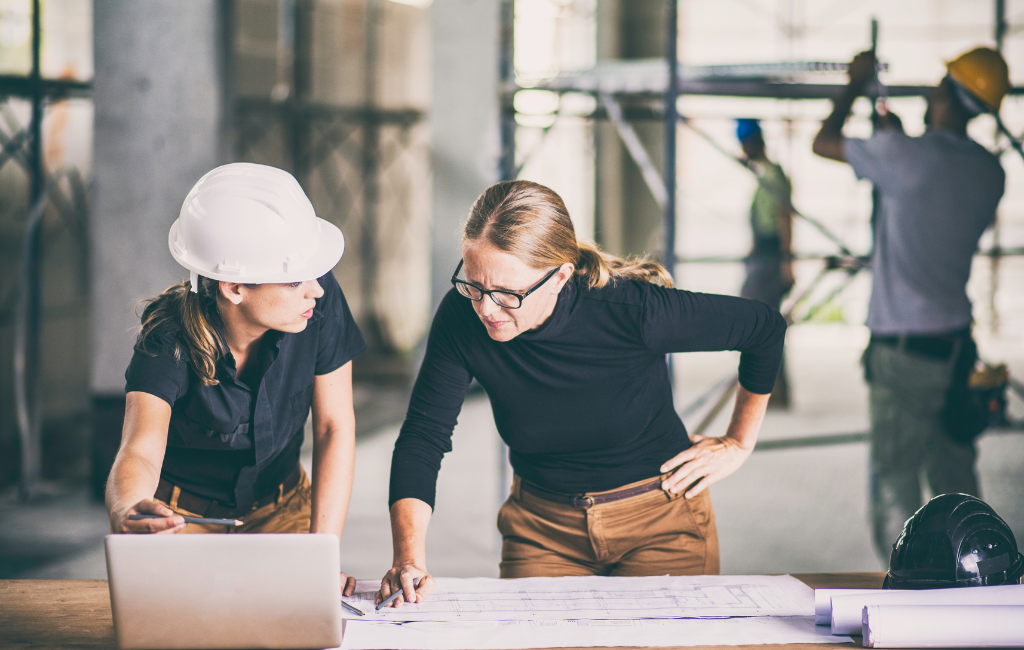Architect Insights for Functional Designs
Functional design in architecture is about creating spaces that are not only aesthetically pleasing but also practical and efficient. This article explores various insights from architects that can help in achieving functional designs. By examining case studies, statistics, and expert opinions, we aim to provide a comprehensive understanding of what makes a design truly functional.
Understanding Functional Design
Functional design focuses on the usability and efficiency of a space. It involves considering the needs of the users and ensuring that the design meets those needs effectively. This approach often leads to spaces that are both beautiful and practical.
Key Elements of Functional Design
- Usability: Ensuring that the space is easy to use and navigate.
- Efficiency: Making the best use of available space and resources.
- Flexibility: Designing spaces that can adapt to changing needs.
- Sustainability: Incorporating eco-friendly materials and practices.
Case Studies in Functional Design
Examining real-world examples can provide valuable insights into functional design. Here are a few notable case studies:
The Edge, Amsterdam
The Edge is often cited as one of the most sustainable and functional office buildings in the world. Designed by PLP Architecture, it features smart technology that optimizes energy use and enhances user experience. The building’s design allows for flexible workspaces, promoting collaboration and efficiency.
One Central Park, Sydney
One Central Park, designed by Jean Nouvel, is a mixed-use development that combines residential, commercial, and recreational spaces. The building’s vertical gardens and innovative use of natural light make it a prime example of functional and sustainable design.
Architect Insights on Functional Design
Architects play a crucial role in creating functional designs. Here are some insights from leading architects:
Emphasizing User Needs
Renowned architect Frank Gehry emphasizes the importance of understanding the needs of the users. He believes that a deep understanding of how people will use the space is key to creating functional designs.
Incorporating Technology
Norman Foster, another leading architect, highlights the role of technology in functional design. He advocates for the use of smart technology to create spaces that are not only efficient but also adaptable to future needs.
Prioritizing Sustainability
Zaha Hadid, known for her innovative designs, stresses the importance of sustainability. She believes that incorporating eco-friendly materials and practices is essential for creating functional and future-proof designs.
Statistics on Functional Design
Statistics can provide a quantitative perspective on the impact of functional design. Here are some relevant figures:
- A study by the American Institute of Architects found that 90% of users reported increased productivity in well-designed workspaces.
- The World Green Building Council reports that green buildings can reduce energy consumption by up to 30%.
- According to a survey by Gensler, 80% of employees believe that a well-designed office space positively impacts their job satisfaction.
Practical Tips for Achieving Functional Design
Here are some practical tips for architects and designers aiming to create functional spaces:
Focus on Layout
A well-thought-out layout is fundamental to functional design. Consider the flow of movement and ensure that the space is easy to navigate.
Use Multi-Functional Furniture
Incorporating multi-functional furniture can maximize the use of space. For example, a sofa that converts into a bed can be ideal for small apartments.
Incorporate Natural Light
Natural light not only enhances the aesthetic appeal of a space but also improves the well-being of its users. Design spaces that allow for ample natural light.
Prioritize Storage Solutions
Effective storage solutions are key to maintaining a clutter-free environment. Consider built-in storage options to make the best use of available space.
Conclusion
Functional design is about creating spaces that are both beautiful and practical. By focusing on usability, efficiency, flexibility, and sustainability, architects can create spaces that meet the needs of their users. Real-world examples and insights from leading architects highlight the importance of understanding user needs, incorporating technology, and prioritizing sustainability. Practical tips such as focusing on layout, using multi-functional furniture, incorporating natural light, and prioritizing storage solutions can help in achieving functional designs. Ultimately, functional design enhances the quality of life for its users and contributes to a more sustainable future.
